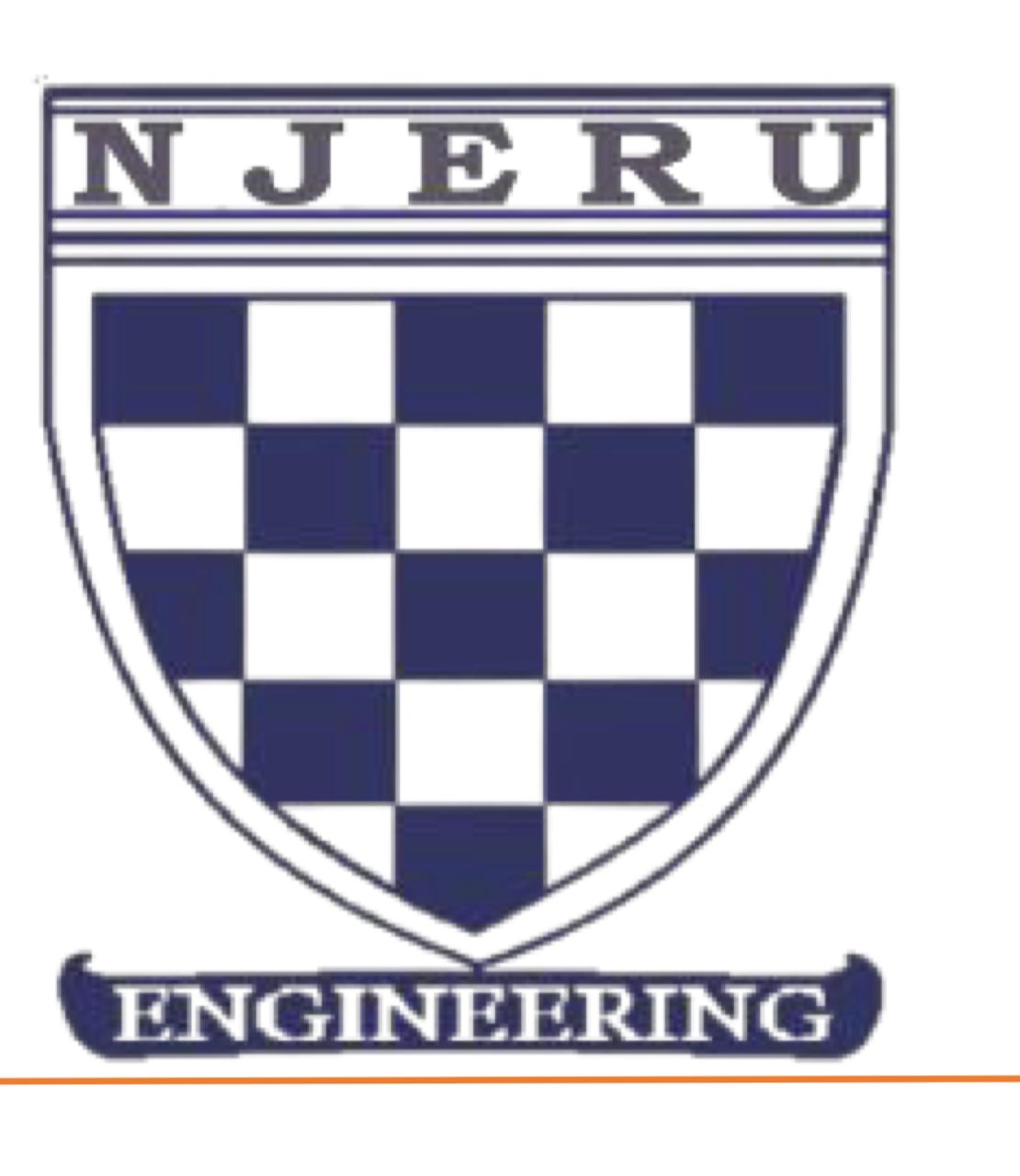Vol: 1 Issue: 1
DESIGN AND IMPLEMENTATION OF A UNIVERSITY SMART ATTENDANCE TRACKING SYSTEM USING GEO-LOCATION AND IOT.
Gertrude A. Fischer, Victor Ojong, Eyo Inametic
1. Introduction:
Monitoring student involvement, evaluating academic progress, and guaranteeing accountability have all long been reliant on attendance tracking in educational institutions. However, conventional methods of taking attendance, which sometimes require hand-written logs or sign-in sheets, take a lot of time and are prone to errors and abuse. The need for smart attendance tracking system has become eminent in the university as it enforces students to be present in class and on time. In other to fill the above-mentioned gap, the function of the smart attendance software is to address the problem associated with real-time attendance reporting, verification and documentation of attendance records in the university community. By doing this, we shall have resuscitated our education system and increased the overall performance of students in class engagement and academic performance by over 70%. The management of attendance in universities will be transformed through the design and implementation of a University Smart Attendance Tracking System (USATS), which makes use of geolocation and Internet of Things (IoT) technology.[1] The integration of Geo-location and IoT technologies into the attendance tracking process presents a promising solution. Geo-location services, including GPS and Wi-Fi positioning, enable precise determination of a student's location, ensuring that attendance records reflect their physical presence in the classroom. Additionally, the GUI was built to make attendance tracking easier for end users and includes crucial functions like building new databases, Geo-Location, and attendance tracking. Performance and usability of the system were examined in order to offer suggestions for future improvements. In a study, [2] Proposed a system framework with a growing desire for more effective, precise, and automated attendance monitoring systems that can change to meet the changing needs of contemporary education exists in the digital era of today. Most of these systems are limited in their operation as they are unable to capture users’ Bio Data’ and geospatial data in real-time. Also, the combination of biometrics verification with hashed database passwords makes this system more reliable and secure. IoT devices, such as RFID scanners or Bluetooth beacons, provide the means to automatically detect and identify students as they enter or leave specific locations, eliminating the need for manual data entry. By combining these technologies, the USATS can offer real-time attendance tracking, data analytics, and enhanced security. [3] simply defined the context, stated the key problems and imply some sense of what solutions in terms of their focus by considering the representation of basis for further discussion to argue the point that new technologies have both disruptive and synergetic effects, particularly on forms of social organisation that are required for future forms of governance and community action as well as business arrayed for the Future of Information Communication and Technology (ICT). The development of online and mobile forms of participation. In which the citizenry is massively engaged in working towards improving the city alongside planners and designers from government and business. Decentralised notions of governance and community action is central to these new forms of participations which use extensive ICT. [4]. The modern educational environments require building an integrated system for provisioning of educational resources in all forms, as well as pay attention to the way to access them this is where smart attendance comes in. The goal is not to force the student to attend, but rather to ensure the presence of students and their acquisition of the rich knowledge for his/her own good and to build the country. [5] Additionally, the Smart-Class enables geo tracking, environmentally friendly energy conservation, and comprehensive session management of multiform learning. It is intended to develop and implement features gradually. [6] This study has demonstrated how the usage of mobile technology has affected the way that students are taught and how they learn. The institution can also use it to enhance the academic management system, which can end the issues with cheating and fraud among the students. [7, 8, 9, 10] Additionally, mobile attendance systems that use QR codes which has greatly streamlined the process of enrolling students in classes quicker and easier. These studies have successfully created a portable attendance system that enhances academic administration system. presented the use of RFID technology to manage student attendance in the classroom through the integration of ubiquitous computing platforms. RFID technology has the potential to be a potent tool for managing student attendance during the course of a typical school day while also enhancing safety in the classroom. [10, 11, 12, 13]. When it is necessary to automatically record students' movements and positions in a classroom or other school or university setting, RFID technology has been used to find solutions. In a school or university setting, a real-time intelligent system is put into place along with RFID hardware to keep track of students' attendance at lectures and labs. [14, 15,16].
2. Method:
This research designed and developed a smart attendance tracking system that was used for tracking and monitoring student’s attendance and report in real time. The design and development involved the use of agile methodology and software tools such as the IDE Visual Studio Code and Google Chrome browser. For the user facing components of our application, we used languages such as HTML (Hypertext Transfer Markup Language), CSS and JAVASCRIPT. Faecalis’s Library was used for the face recognition function of the application. For the database and backend business logic, Node.js and Mongo DB was used to ensure that student’s attendance was persisted to the cloud and gracefully saved in a secure database and could be retrieved when needed. With Mongo DB geospatial, we implemented the geo-location and geo-bonding functionality of our application. Ensuring that the students is in the lecture hall at a lecture period in order to mark attendance.


